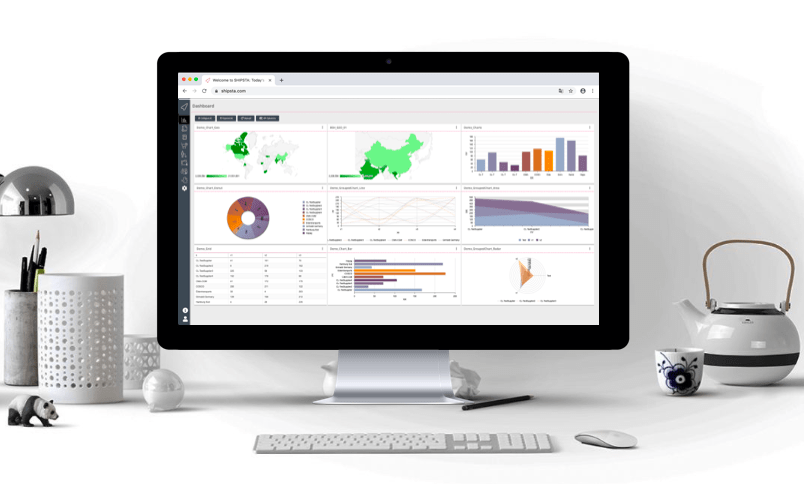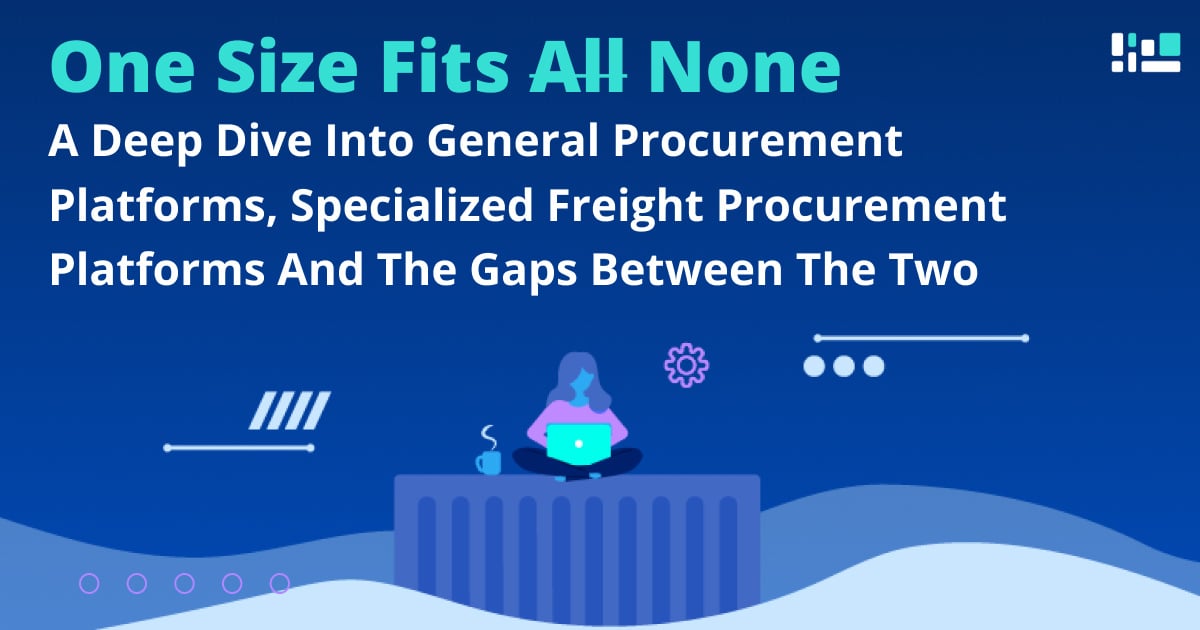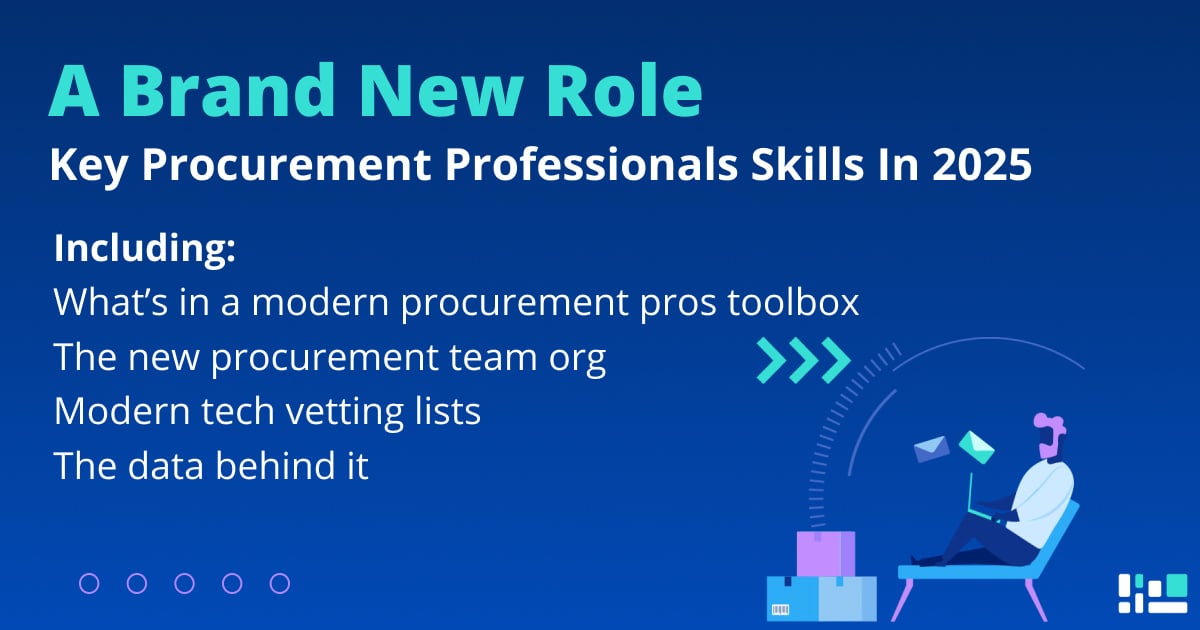Whether Export Manager, Supply Chain Manager, Procurement Manager, Global Sourcing Manager – when it comes to freight and transport tenders, everyone agrees that it is a time-consuming and costly process. In this article you will learn how freight tenders can be made in a beneficial way.
Freight and transportation tenders describe the process in which shippers award transportation services to logistics service providers after they have assessed them. Shippers are industrial, manufacturing and commercial companies that need to transport their goods by air, sea, rail or truck to their customers, suppliers or within their different company locations. Since most companies do not have their own fleet, they use logistics service providers to transport their goods from A to B. In the freight and transport tendering process, a pool of various logistics service providers offer their freight rates for specific routes for a specific period of time. The selection of logistics partners and the transport purchase from these partners is called transport procurement or freight procurement.
Transport and freight costs are a very high cost factor for every company. To reduce logistics costs it is important to run efficiently freight and transport tenders. The entire process of freight purchasing or freight procurement is so complex that it is usually carried out by whole departments or teams. It’s not uncommon for shippers that a freight and transport tender is an annual event that costs a lot of time and stress.
The complex process of freight and transport tenders
Before a logistics service provider can submit a freight quotation, the shipper must define precise parameters and information for the freight quotation structure in advance. Which relations or trade lanes should be queried? Which cost items are to be offered, with which calculation bases (e.g. per shipment, container, TEU, weight and volume ratio for different carriers and routes)? This includes a detailed listing of the shipment structure with number of shipments, dangerous goods class, Incoterms, information on stackability and more.
Once the invited logistics service providers have submitted their freight offers, these must be evaluated. Comparing and analysing the results of freight tendering or freight rates is a very complicated process. Why? Because in this context not only the price plays a role, but also many other individual factors depending on the shippers needs. Therefore the freight offers cannot simply be „compared“, they have to be analyzed in a complex evaluation. After all, it is a matter of satisfying one’s own internal and external customers and supplying them on time. A simple evaluation is therefore no longer sufficient. But how do I evaluate and consider factors such as capacity availability, delivery performance, a healthy supplier mix, customer relationship management of the logistics service providers and more in my decision making?
Many companies still try to cover these complexities in Excel, often relying on the experienced skills of individuals. A transparent derivation of the results is often difficult and error-prone. Added to this is the time and effort required to bring the quality of freight offers down to a common denominator in order to ensure a clean evaluation process.
Success through digital freight and transport tenders
This is exactly the point where intelligent eProcurement solutions come into the game. To carry out freight and transport tenders in a beneficial way it is a must for shippers to use the latest technologies of eProcurement platforms.

Technologies based on standardized verticals, real data and algorithms help to identify the perfect balance between price, quality, availability and other relevant factors. Standardized and individual evaluation scenarios can be used to compare additional indicators. Questions like
![]() Which supplier has the best case for the route?
Which supplier has the best case for the route?
![]() What is the best supplier strategy for me?
What is the best supplier strategy for me?
![]() What if I stay with my current supplier?
What if I stay with my current supplier?
are answerd easily. In addition to a transparent freight and transport tendering process, freight rates are stored centrally and can be made available to the various departments of the company. This benefits not only the shipper, but also the logistics service provider, whose offers are stored transparently and centrally. The quality of the submitted freight offers is ensured by individually defined settings in the rate sheet, thus avoiding time-consuming subsequent correction of the offers and minimizing time-consuming downstream communication with the logistics service provider. Finally, the suppliers are nominated transparently and digitally through a controlled freight and transport tendering process.. Overall, the use of eProcurement platforms represents a more beneficial freight and transport tendering process for both the shipper and the logistics service provider.
Benefits of freight and transport tenders with the digital logistics procurement platform from SHIPSTA:
![]() Get best possible freight and logistics cost for your transports.
Get best possible freight and logistics cost for your transports.
![]() Maximize your purchase power with market transparency.
Maximize your purchase power with market transparency.
![]() Run your freight tendering digitally instead of handling the excel mania.
Run your freight tendering digitally instead of handling the excel mania.
About SHIPSTA
SHIPSTA powers smart logistics procurement with a digital platform that connects shippers and carriers to ensure a frictionless procurement process for spot and contract buying, entirely online. It automates complex tasks, provides unrivalled visibility and supports fast data-driven decision-making. Designed and built by experts in logistics procurement, it is bringing transparency, automation and efficiency to the global logistics industry. It is used by some of the world’s largest companies to respond to market volatility, control freight costs and manage risk. The company was founded in 2015 and is based in Mertert, Luxembourg and Hamburg, Germany.



